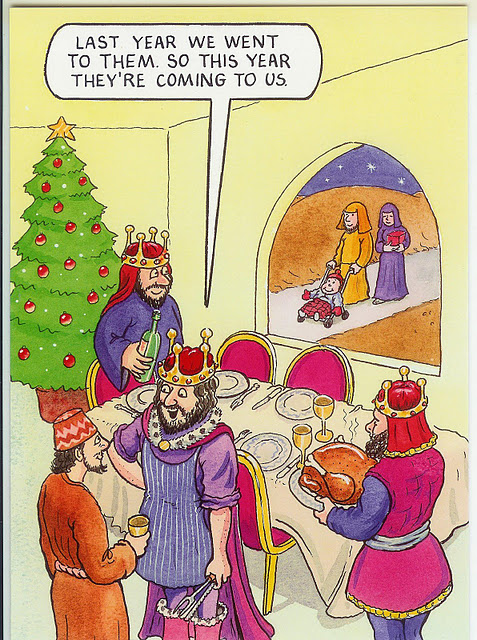Having attempted to do away with contradictions between Matthew and Luke for Christmas, Ian Paul has now offered a blog post claiming that Matthew’s story of the arrival of the magi can be treated as historical.
I am not persuaded. Infancy stories featuring miracles are a common feature in ancient literature, and are consistently devoid of reliable historical information. To try to pretend that the Gospels are an exception is not going to be persuasive without some very strong arguments. Splitting hairs about terminology does not help – sure, such stories are not strictly speaking “parables,” but they are symbolic in character and unhistorical. The star is a fairy-tale element, doing what no star can do, and getting many children killed as it behaves in this blatantly implausible manner.
One does not need to make “unwarranted assumptions” in order to reject the story of the magi in Matthew as unhistorical. One simply needs to use the same methods that historians do in relation to all texts. That is a topic I’ve wanted to blog about in relation to N. T. Wright, who has tried rewriting the rules of history in order to be able to give Jesus special treatment. There have been interesting posts on the Jesus Creed blog about Wright’s treatment of this topic, as well as a recent book by Samuel Adams.
The point of the story of the magi in the Gospel of Matthew is, of course, Jesus coming to us, and those who should be ready not being ready while others surprisingly are. That is why the magi are included, to make that point, and Ian ought to acknowledge that they are there to be challenging, to make Jewish readers feel embarrassed for being less ready for the arrival of the Messiah than these pagan astrologers were.
This cartoon that Richard Hall shared makes the point in a comical fashion:













